Some may assume “Doane” is the accurate term, but the correct Persian word is in fact “Pahpad”, an acronym meaning “Pilotless Aircraft Guided Remotely.” In essence, a UAV (Unmanned Aerial Vehicle) is a flying machine controlled remotely via a dedicated controller, smartphone, or computer, serving various educational, recreational, and professional purposes.
With a UAV, one can capture aerial photos and videos that were previously only possible by helicopter, or even conduct precision land mapping and monitor crop conditions across a farm. The name itself is revealing: it refers to a bird-like aircraft that is remotely piloted. So next time someone uses the term Pahbad, feel free to smile and kindly explain: “Actually, the correct term is Pahpad, short for Pilotless Aircraft Guided Remotely.” Not only will you be using the correct pronunciation, but you’ll also be conveying the whole meaning.
Where Did UAVs Come From?
UAVs—commonly known as drones—originated from a particular and significant place in the world of technology. Initially designed for military reconnaissance and intelligence gathering, their development stemmed from a desire to minimize human risk in conflict zones by relying on unmanned, automated aircraft.
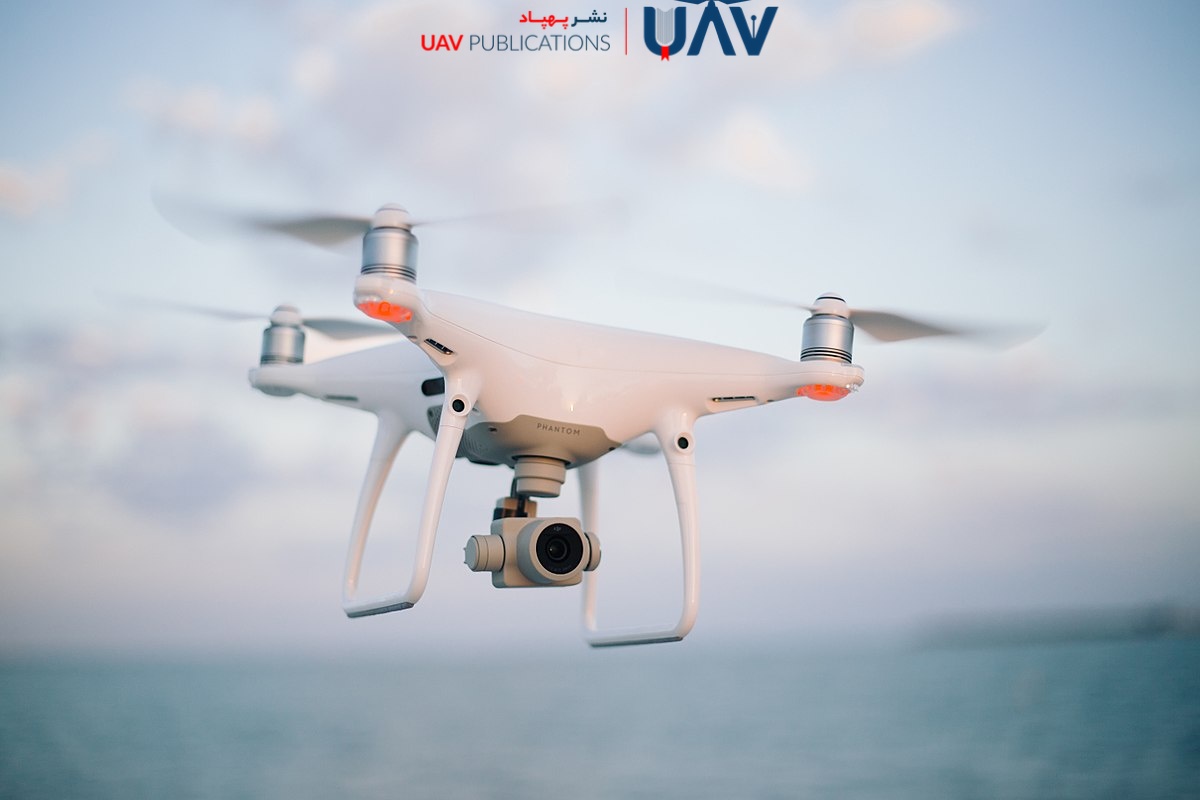
The first UAV prototypes date back to the 1930s when the United States began experimenting with pilotless aircraft.
These early versions were significantly smaller and primarily used for testing purposes. Over time, UAVs have evolved rapidly and are now employed for a diverse range of tasks, including aerial filming, environmental monitoring, agriculture, and even package delivery. Today, UAVs have become part of our everyday lives, performing tasks once considered complex or inaccessible with relative ease.
How Have UAVs Become Part of Everyday Life?
For many years, UAVs were primarily associated with military or scientific applications. However, that perception has shifted dramatically. UAVs have now integrated into many everyday activities, making tasks more efficient and accessible.
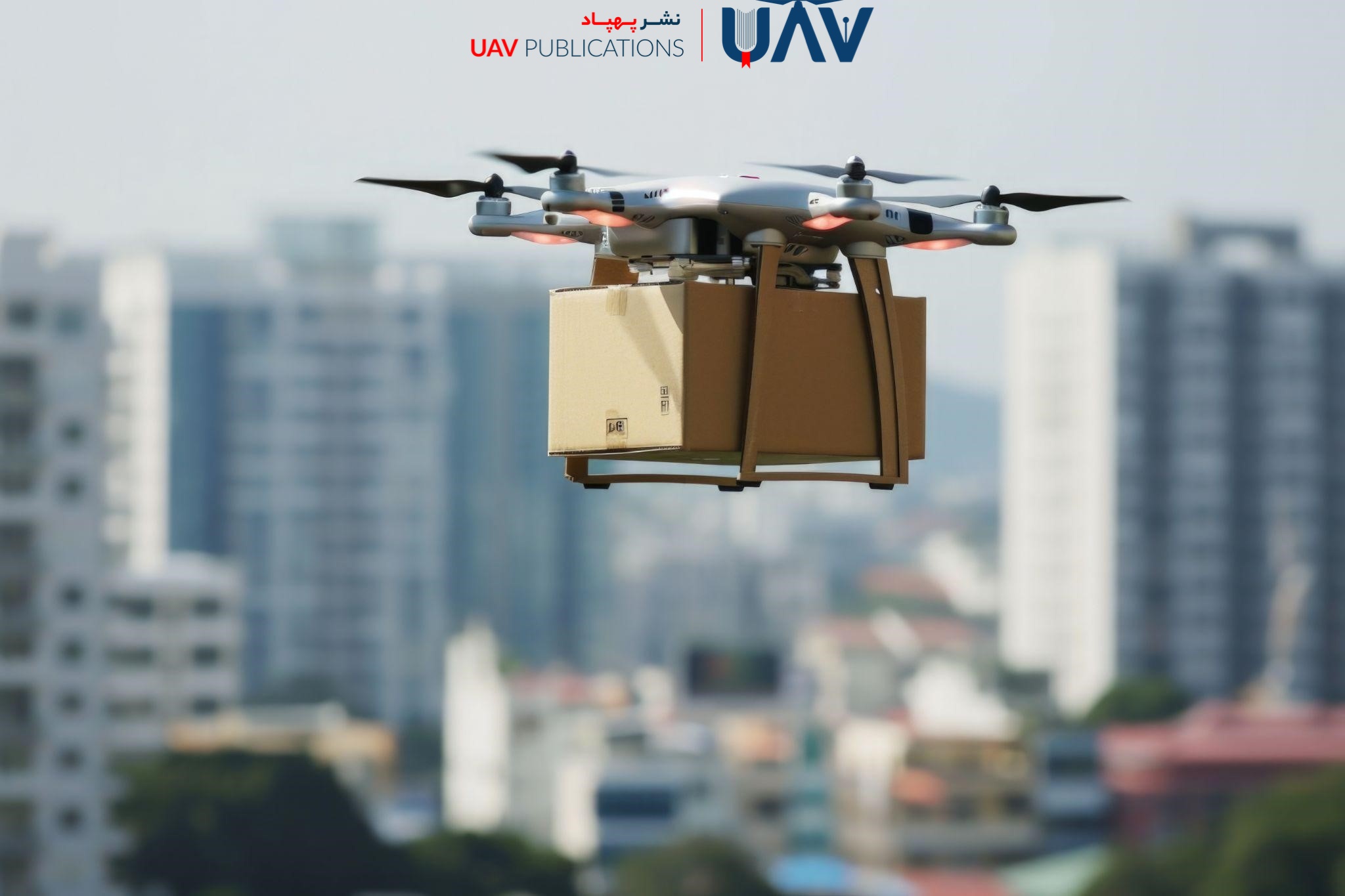
In the film industry, for instance, costly helicopter shoots have been replaced by agile drones that can capture high-quality aerial footage with greater convenience and lower costs. In agriculture, UAVs are now deployed to inspect crops, identify irrigation needs, and monitor plant health from above. Major companies, such as Amazon and Google, are actively testing drone-based package delivery systems, signaling a future where UAVs may become integral to logistics and postal services.
Why Are UAVs So Appealing?
The growing fascination with UAVs stems from their unique ability to perform tasks that once required expensive and complex equipment. Aerial videography, for example—once the domain of helicopters and large budgets—can now be done more affordably with compact drones.
Another source of their appeal is versatility. UAVs serve a broad range of functions, from military operations and environmental monitoring to agriculture and commercial delivery. The fact that a small, relatively inexpensive device can accomplish so much is what makes UAVs compelling to both individual users and entire industries.
Practical Applications of UAVs
UAVs are not just high-tech gadgets for hobbyists or filmmakers—they are practical tools increasingly integrated into daily life. In agriculture, drones assess crop health, detect irrigation needs, and even help identify disease. In conservation, they are used to monitor wildlife and protected environments from a distance.
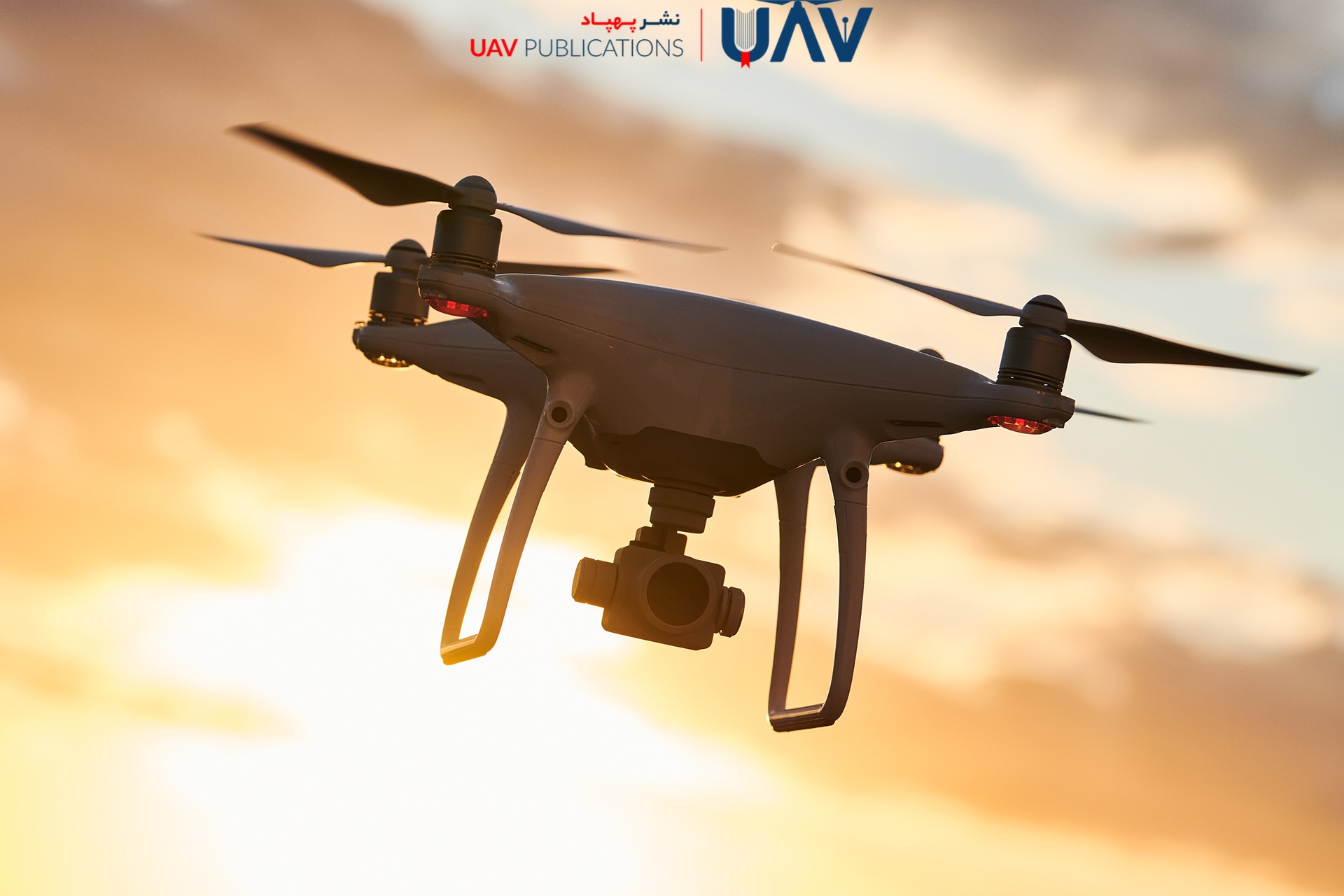
In construction, drones inspect rooftops, tall structures, and otherwise inaccessible areas. Looking ahead, drones are poised to revolutionize logistics. Companies like Amazon are investing heavily in drone-based delivery, aiming to reduce delivery times and significantly cut shipping costs.
UAVs and Their Role in Security and Surveillance
While drones are often associated with photography and recreation, their critical role in security and surveillance should not be overlooked. UAVs allow for remote observation of sensitive or high-risk areas without endangering human operators. For instance, they can patrol border regions and detect unauthorized movement, or assist emergency responders by surveying disaster zones and providing real-time imagery.
In urban settings, UAVs are used for traffic monitoring and public safety oversight. At airports and government facilities, drones help detect and assess potential threats. Their ability to gather information quickly and safely makes them indispensable tools in modern surveillance systems.
Are UAVs Used for Recreation, Too?
Absolutely. Recreational use is one of the most popular applications for drones, also known as UAVs, today. Since the first consumer models hit the market, people have embraced drones as exciting tools for exploration and entertainment. Whether flying them in open parks or capturing breathtaking aerial footage of nature, events, or family gatherings, drones offer a unique experience, especially from a bird’s-eye view.
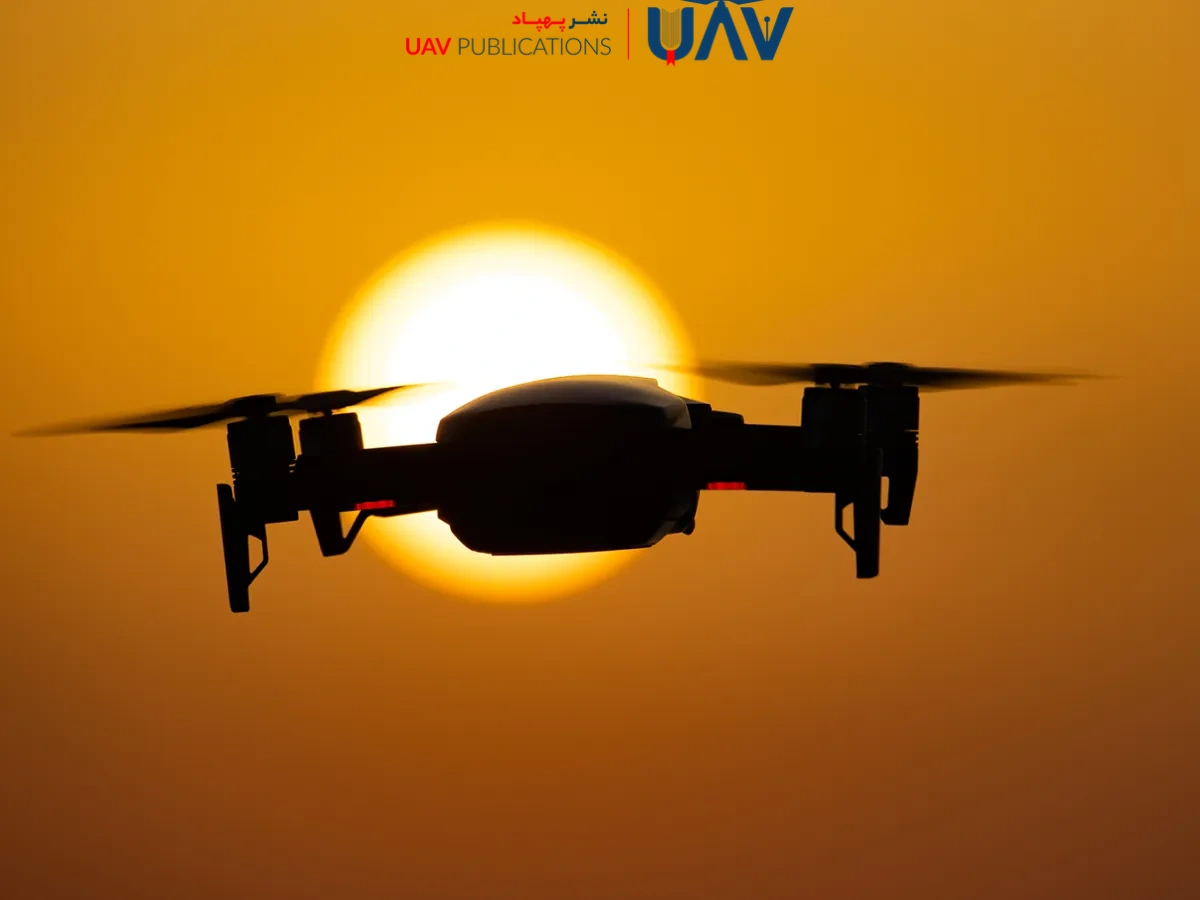
Tech enthusiasts and photographers alike have turned to drones as creative tools, enabling them to frame the world in entirely new ways. For those seeking fun and adventure, drones represent an exciting and immersive pastime.
How to Choose the Right UAV
If you’re considering buying a drone, the first step is determining your intended use. Are you planning to shoot professional video, or simply looking to enjoy casual flying? For cinematography, look for drones equipped with high-resolution cameras that can produce smooth, stable footage. For casual users, simpler and more affordable models may suffice.
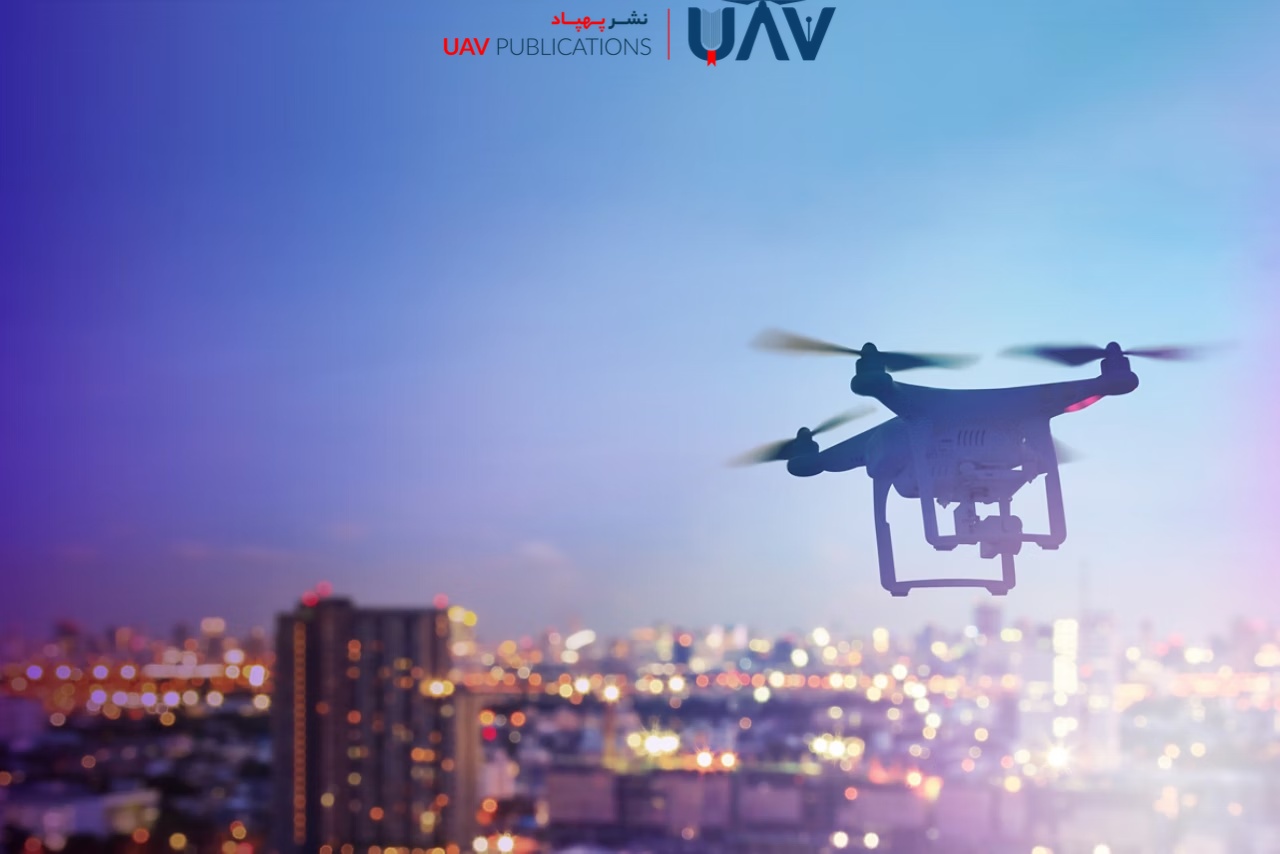
Consider factors such as battery life and flight range—key elements in maximizing the performance of your UAV. Additional features, such as GPS navigation, return-to-home functionality, and intelligent flight modes, can significantly enhance the user experience. Finally, always purchase from reputable brands and authorized retailers to ensure quality and safety.
How Much Should You Spend on a UAV?
Drone prices vary widely based on their features. For recreational users, budget-friendly models can deliver satisfying performance. However, if your goals involve professional-grade videography or specialized missions, you’ll likely need to invest in higher-end models.
Premium drones often include advanced features such as obstacle avoidance, high-definition cameras, and environmental adaptability—all of which contribute to a higher price tag. Ultimately, choose a model that aligns with both your needs and your budget.
Are There Regulations for UAV Usage?
Despite their growing popularity, UAVs must be operated within established legal frameworks. Misuse can lead to serious legal or safety issues. In many countries, including Iran, drone flights are restricted near airports, military zones, and other sensitive areas.
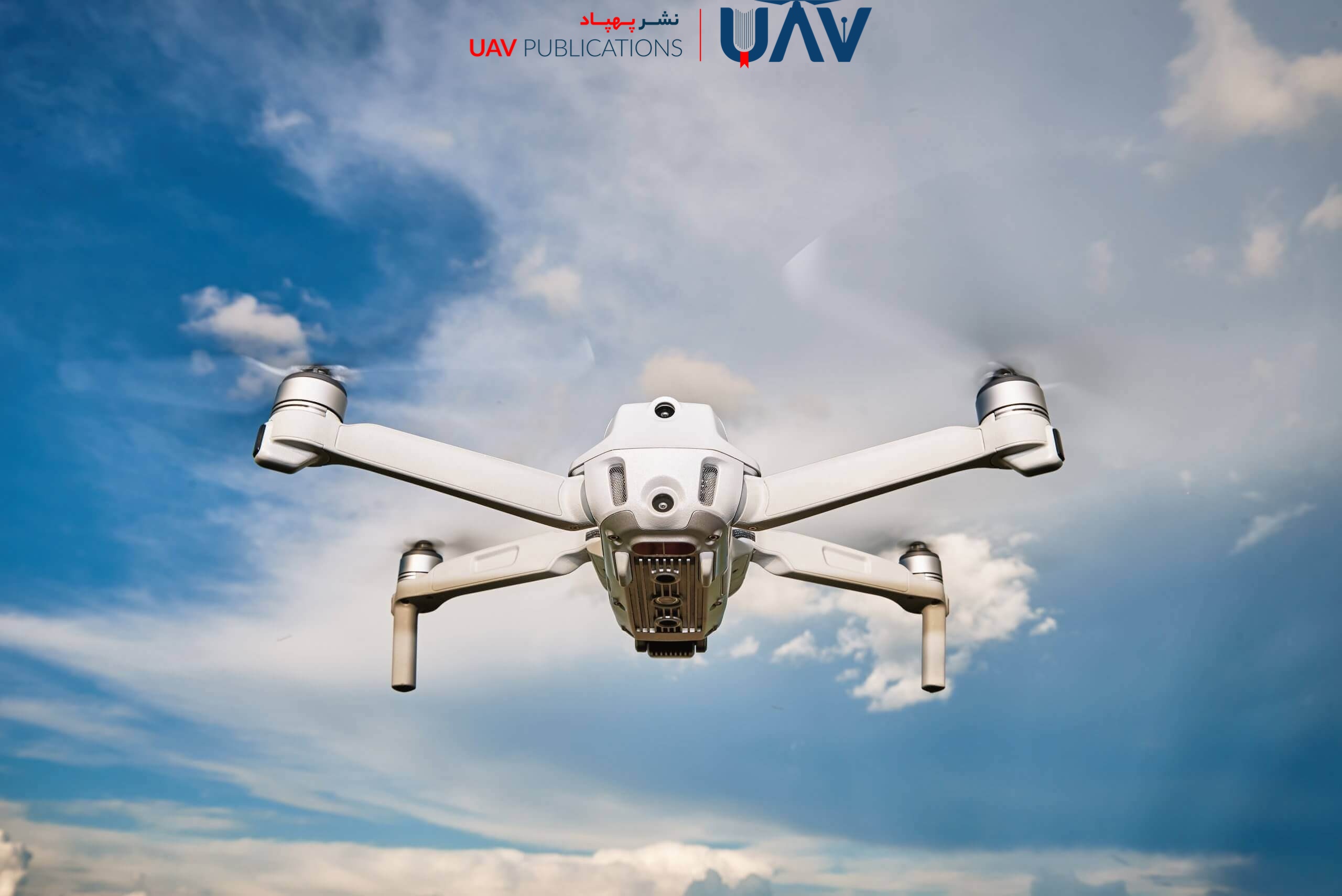
Depending on the size and purpose of the UAV, users may need to register their drone or obtain a license. Commercial use, particularly in fields such as aerial mapping or film production, often requires special authorization. Privacy laws also apply; filming in public or private spaces may be subject to regulation. Always check local laws before taking flight.
Frequently Asked Questions
What is a UAV and what is it used for?
A UAV (Unmanned Aerial Vehicle) is a remotely piloted aircraft used for diverse purposes including aerial photography, surveillance, agriculture, and even package delivery.
How do I choose the right UAV?
If you are a beginner, opt for a simpler model with an HD camera and decent battery life. Lightweight drones are easier to control and ideal for newcomers.
Do I need a license to operate a UAV?
In many countries, including Iran, a license may be required—especially for heavier drones or commercial use such as professional filming or mapping.
Which drones are best for aerial videography?
Drones like the DJI Mavic Air 2 and DJI Phantom 4 Pro offer 4K video quality and advanced stabilization, making them ideal for high-quality footage.
Can I fly my drone indoors?
Yes, but it is recommended to use smaller, lightweight models designed for indoor flight to avoid damage or accidents.
How long can a drone fly on a single charge?
Flight time typically ranges from 15 to 30 minutes depending on the model and battery. Extra batteries can extend your flying sessions.
Are UAVs used for package delivery?
Yes, companies like Amazon are developing drone delivery systems aimed at faster, more cost-effective shipping.
Are UAVs dangerous?
When operated responsibly and within legal limits, UAVs are generally safe. However, misuse—such as flying in restricted areas—can pose risks.
How do I repair my drone?
Minor issues like broken propellers or battery failure can often be fixed at home. For complex issues, consult a professional technician.
What are the differences between various UAV models?
UAVs differ in size, weight, camera quality, battery life, and flight capabilities. Consider your specific needs before purchasing.

